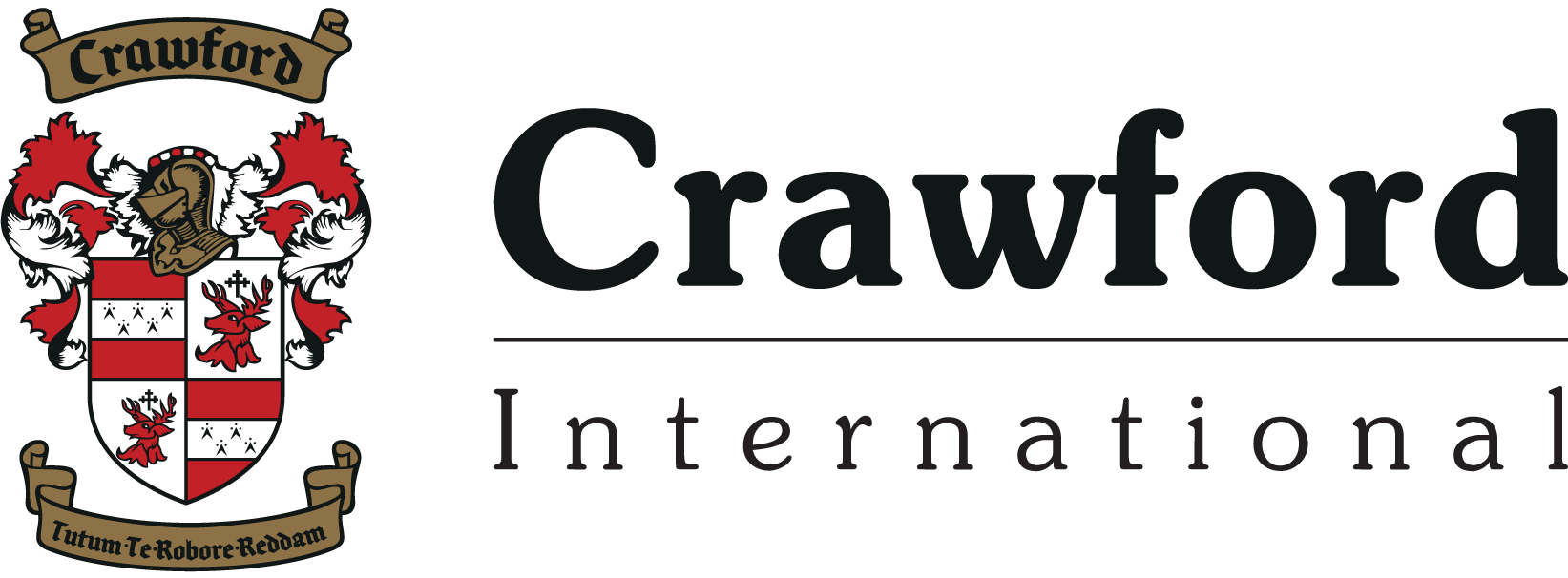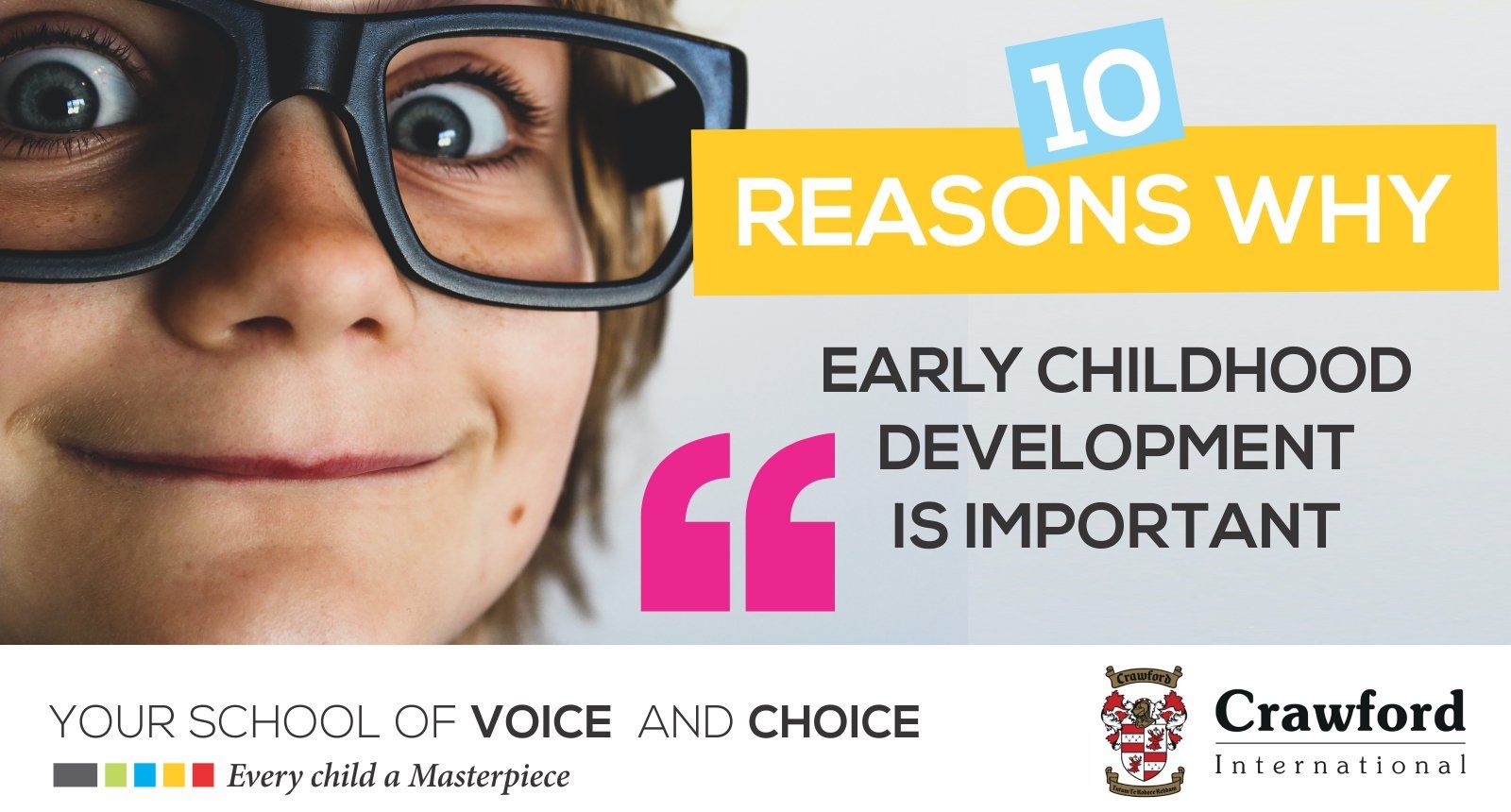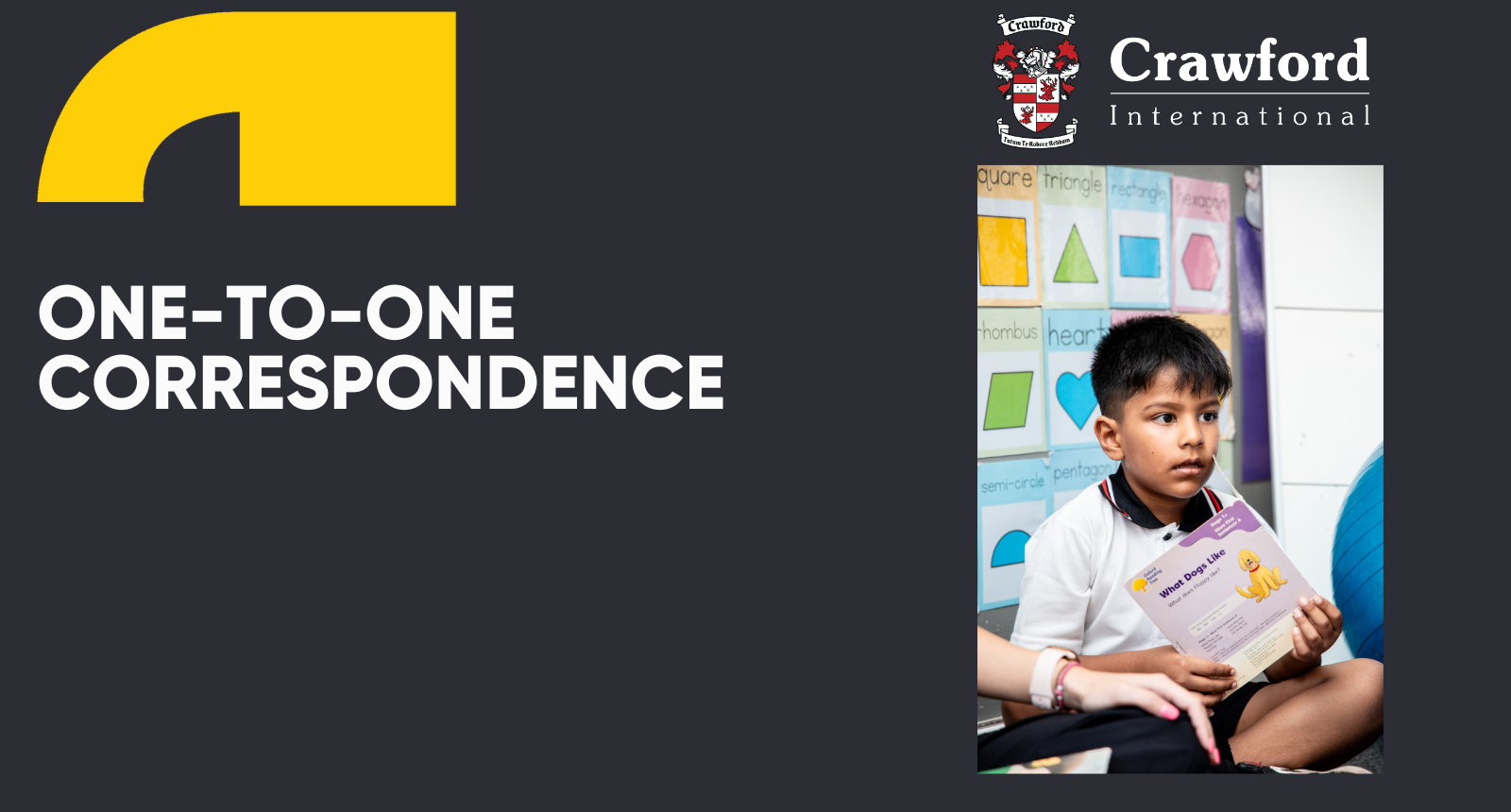Understanding The APS Score & How To Calculate It
January 10, 2025
With the Department of Basic Education set to release the 2024 matric results next week, many parents and guardians are bracing for a crucial period. The anticipation is building as they await results to see if their children have met the APS score needed for the studies they wish to pursue post-matric. For some, the journey involves sending their children off to university for the first time. For others, it's about exploring alternative options because their children did not meet the required Admission Point Score (APS) for their desired course. Understanding the APS score and its implications is critical in navigating this pivotal moment in a young person’s academic journey.
What is the APS Score?
The APS (Admission Point Score) is a standardised measure used by South African universities to determine whether a prospective student qualifies for a specific course (Department of Higher Education and Training, 2023). The score helps institutions evaluate academic readiness and compare applicants fairly. Each subject in the National Senior Certificate (NSC) contributes to the APS based on the grade achieved, with higher scores reflecting better performance (Department of Basic Education, 2023).
Why Is the APS Important?
In South Africa, the APS plays a significant role in higher education admissions. Universities use it as a baseline to ensure that students possess the academic foundation required for their chosen courses. A higher APS can open doors to competitive programmes, scholarships, and funding opportunities. Conversely, not meeting the APS requirements could mean exploring alternative pathways, such as extended programmes, diplomas, or Technical and Vocational Education and Training (TVET). This makes understanding and calculating the APS score essential for both learners and parents.
How Is the APS Calculated?
The APS calculation is based on the marks achieved in a student’s final matric exams. Each subject contributes points according to the following scale:

To calculate the APS:
- Identify the six best subjects, excluding Life Orientation unless specifically required by a course.
- Assign the corresponding APS points to each subject.
- Add these points together to get the total APS.
For example, if a student scores 75% in Mathematics (6 points), 65% in Physical Science (5 points), 85% in English (7 points), 60% in Life Sciences (5 points), 55% in Geography (4 points), and 50% in Afrikaans (4 points), their APS would be 31.
What Subjects Contribute to the APS?
All matric subjects count towards the APS, but the relevance of specific subjects depends on the university course being applied for. Core subjects such as Mathematics, Physical Science, and Accounting are often required for STEM fields, while Humanities programmes may prioritise languages and social sciences. Some institutions also consider Life Orientation, though it typically carries less weight.
Preparing for the Next Step
Whether your child has met their APS requirements or needs to explore alternative pathways, understanding the APS score is the first step in making informed decisions. By taking the time to calculate and interpret the score, parents and students can better navigate the options available and set a course for future success.
If you are uncertain about how to proceed, consider consulting with a career guidance counsellor or contacting the admissions office of your preferred university. Remember, the journey to success is not always linear, and there are numerous paths to achieving academic and professional goals












